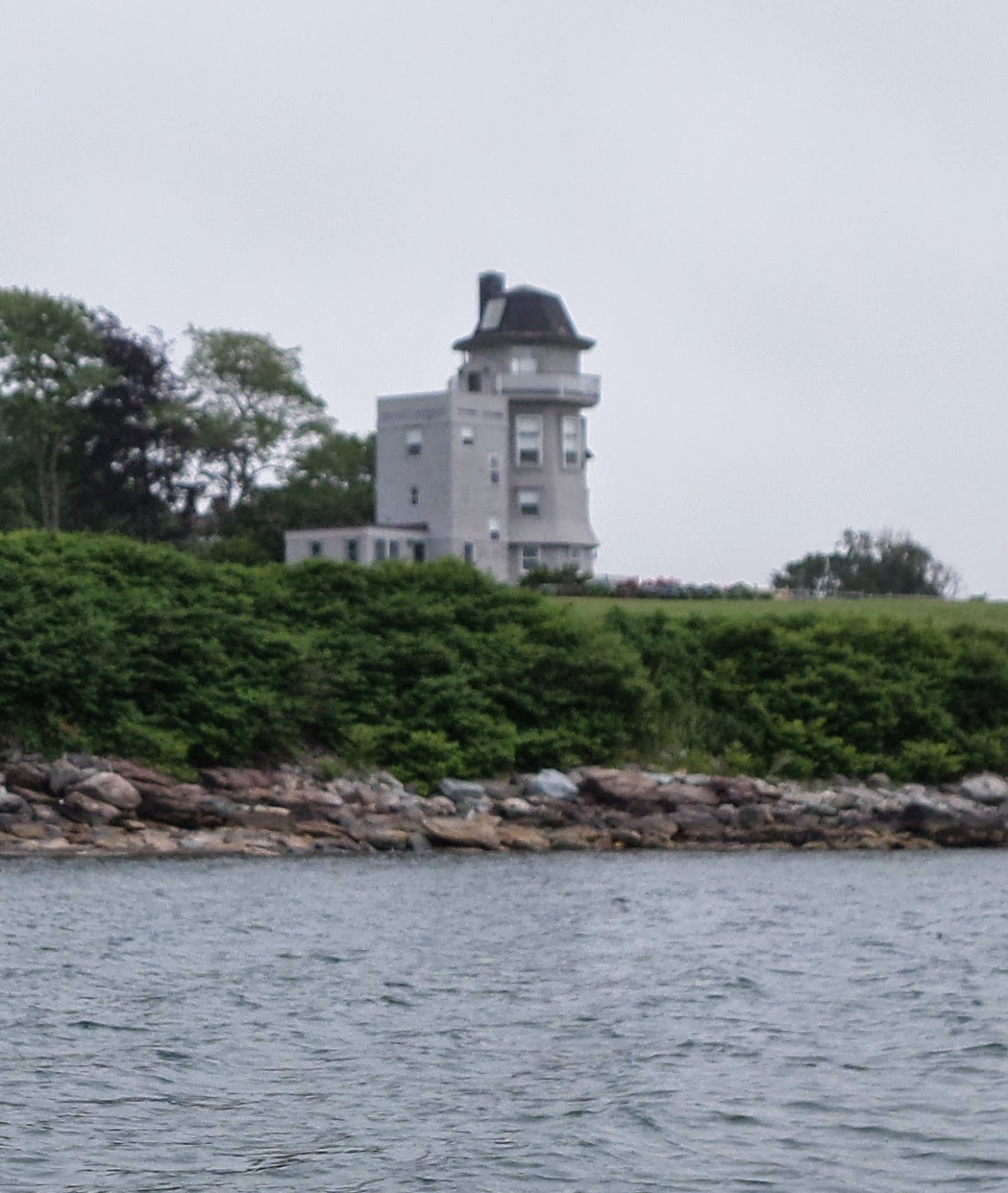My special guest today, Jennifer Wilck, talks about her new series of novels, each taking place around a Jewish holiday
I
want to thank Paula for hosting me today on her blog. She doesn’t often have
visitors on her personal blog, so I appreciate her allowing me to visit today. Miriam’s Surrender released on
September 10 and I’m so happy that my vision for this series is finally coming
to fruition.
Miriam’s Surrender is the second in my Women of Valor series. The first book, The Seduction of Esther, came out last year. At the time, I had an idea
for a series in my head, and figured I’d try writing the first book to see how
it worked.
In
my head (often a scary place), I wanted to write a contemporary romance series,
with each book taking place around a Jewish holiday. There aren’t a lot of
romances that have Jewish characters or ones that take place in non-Christian
settings. Weddings take place in churches, characters say a prayer before
Thanksgiving Dinner or celebrate Christmas. I love reading those books, but I
also wanted to see what would happen if I made the default religion Jewish
rather than Christian. Honestly, diversity in books is important and fun!
The Seduction of Esther took place during the
holiday of Purim. One of the themes of the holiday is hiding one’s identity.
Well, that’s a great theme for a romance and it was easy to write. It’s gotten
great reviews and people seem to appreciate the different perspective. So I sat
down to write book number two.
Miriam’s Surrender takes place around
Passover. The holiday is more well known because it takes place right near
Easter. One of the Passover themes is freedom; again, a great theme for a
romance. There are so many things you can free your characters from—their past,
a secret, a person, etc. My hero in this book (who was the villain in the first
one, by the way), hides a big secret from the heroine, and revealing it helped
move the plot along.
Looking
ahead to the rest of my series, I’d like to write at least four more
full-length books, with maybe a novella or two thrown in. Each book can be read
on its own, although characters from previous books do recur—as I said, Josh,
the hero in this latest book was the villain from the previous book. I don’t
know about you, but I like seeing what happens to characters after I write The
End.
Please
see below for more about Miriam’s
Surrender. And I’d love to hear from you: what do you like, or dislike,
about a series? What are your opinions on diversity in books? What’s your
favorite holiday?
Blurb: Josh Lowenstein is a
successful architect, hired to redesign the alumni club of a posh, private
school in New York. He is strong, capable and knows the best way to do
everything. Except let another woman in.
Miriam Goldberg is the Assistant
Director of Outreach, and is Josh’s day-to-day contact for the redesign. She’s
taken care of everyone around her, and forgotten how to let someone else take
care of her.
With a tumultuous history,
neither one is prepared to work together. As they get to know each other, the
animosity disappears, but Josh is hiding something from Miriam and its
discovery has the possibility of destroying their relationship. Only when they
are both able to let the other in, and release some of the control they exert
over everything, will they be able to see if their love can survive.
Excerpt:
“I’m
glad you agreed to have dinner with me. Maybe we’ll do it again?”
“I’d
like that.” She looked at Josh and smiled.
He
tipped his head and Miriam could feel his breath warm her face. Mere inches
apart, she could see silver and black flecks in his irises, stubble on his
cheeks, the arch of his eyebrow. Shivers zinged up her spine. Like a magnetic
pull, she wanted to lean into him, to feel his body against hers, to press her
lips against his. But they worked together, and a kiss would change everything.
As if he read her mind, he pulled back, said goodbye and got into the cab and
drove away. Miriam covered her lips with her fingers.
What
in the world was she supposed to do now? He’d come close to kissing her. She
could still feel the electric charge between them; still catch a slight scent
of his musky aftershave in the air. His hand had held her arm with enough
pressure to keep her against him. Although she’d watched him leave, she could
still feel the imprint of his touch. She stroked her hand up and down her arm.
Did
she give away how much she wanted to kiss him too? It was so quick, so
unexpected, she couldn’t be sure. Her mind shot off in all directions as she
entered her building and took the elevator to her fifth floor apartment.
They
worked together! How in the world was she supposed to look at him when they
next met? Should she acknowledge the kiss that almost happened? Should she
pretend it never did? He didn’t plan on discussing it at their next meeting,
did he?
Buy Links:
Miriam’s Surrender
Amazon:
http://www.amazon.com/Miriams-Surrender-Women-Valor-Book-ebook/dp/B00NFR6X9C/ref=sr_1_2?ie=UTF8&qid=1410358293&sr=8-2&keywords=jennifer+wilck
Barnes
& Noble: http://www.barnesandnoble.com/w/miriams-surrender-jennifer-wilck/1120324885?ean=2940150711891
AllRomance:
http://www.allromanceebooks.com/storeSearch.html
Good luck with Miriam's Surrender, Jennifer - and I look forward to more in your series.
 7. I've had 10 books published, 4 in the 1960s and 70s, and the other 6 since 2011. My latest one, 'Irish Inheritance' has been my best seller so far.
7. I've had 10 books published, 4 in the 1960s and 70s, and the other 6 since 2011. My latest one, 'Irish Inheritance' has been my best seller so far. 















































